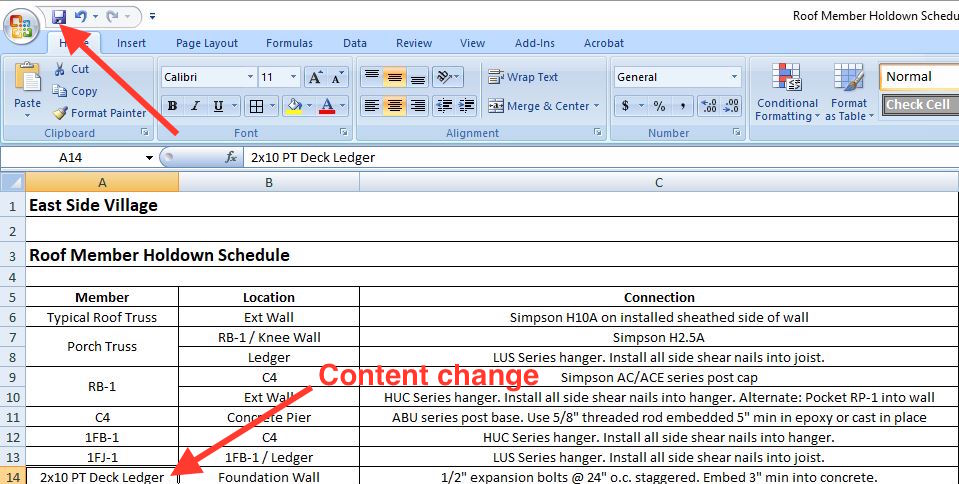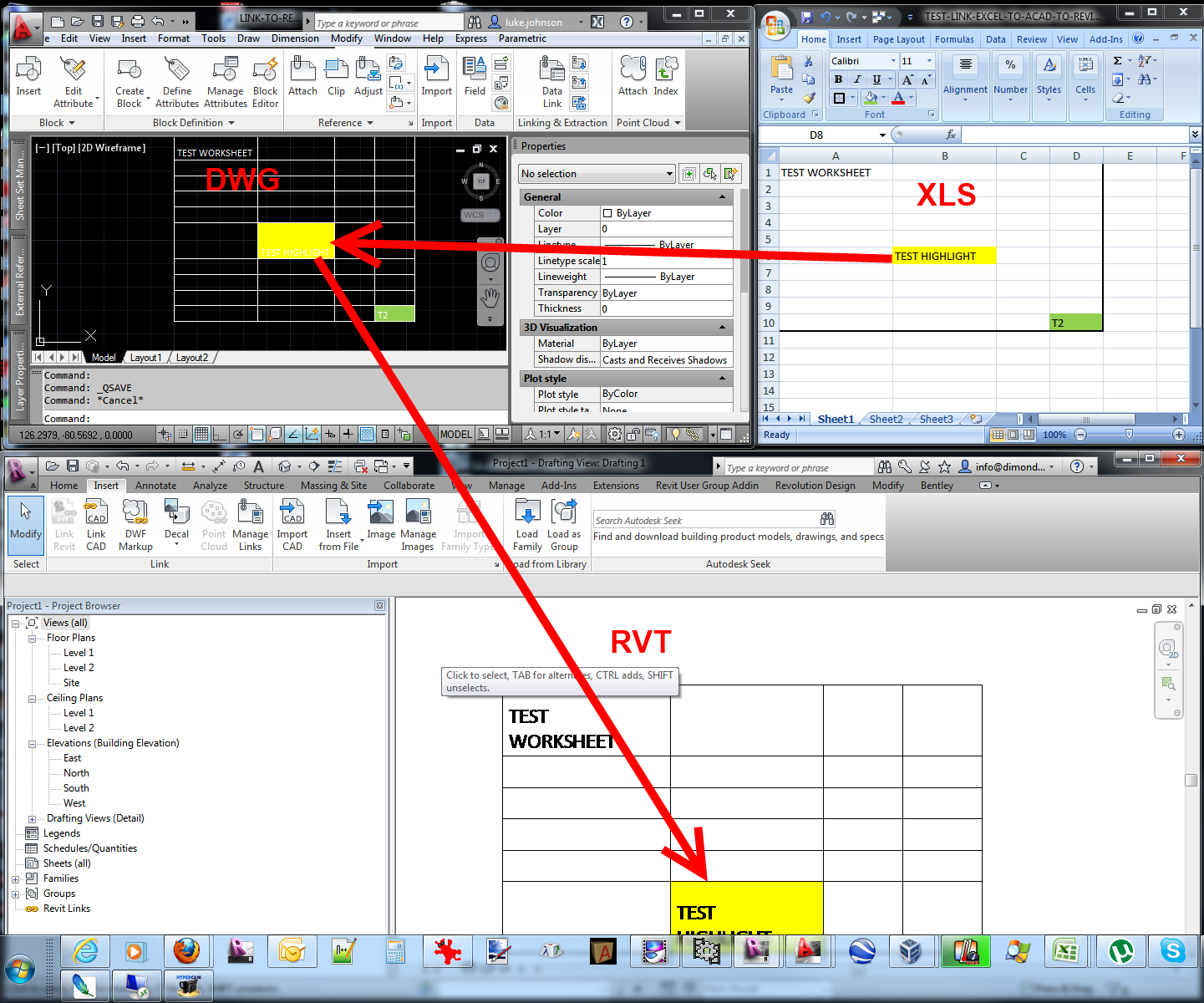Revit Tools: Your Secret to Accuracy and Efficiency
Wiki Article
Excel-to-Revit: A Game-Changing Workflow for Architectural Style - Unveiling the Keys
Are you tired of costs hours on building style? Look no more! Presenting excel-to-revit, the game-changing operations that will certainly transform your design process. With excel-to-revit integration, you can enhance your building layout, unlock performance, and make best use of partnership within your group. In this short article, we will certainly introduce the keys of this effective tool, revealing you just how it can transform your design projects. Prepare yourself to take your building design to the next degree with excel-to-revit!The Power of Excel-to-Revit Integration

Picture the convenience of having the ability to update and edit task information in Excel, and promptly see those changes reflected in your Revit model. No extra hands-on data entrance or laborious updates. With Excel-to-Revit combination, you can save time and minimize mistakes by leveraging the power of Excel's formulas and functions to immediately create precise information in Revit.
Not just does this combination improve efficiency, but it likewise improves cooperation among staff member. You can conveniently share Excel data with associates, that can then import the data into their Revit designs. This advertises a smooth exchange of details and ensures that everyone is dealing with one of the most current information.

Simplifying Building Design With Excel-To-Revit
Streamlining architectural layout is simplified with using Excel-to-Revit (revit add ins). With this effective integration, you can enhance your operations and conserve valuable time throughout the layout process. By leveraging the capacities of Excel and Revit, you can flawlessly move information between both systems, removing the requirement for hand-operated data entrance and decreasing the risk of errorsExcel-to-Revit allows you to import and export data effortlessly, enabling you to quickly update and change your building designs. You can develop schedules, compute quantities, and produce records in Excel, and after that transfer that data directly into your Revit model. This integration ensures that your design details is constantly updated and integrated, getting rid of the demand for hands-on updates and reducing the possibilities of variances.
By utilizing Excel-to-Revit, you can also make use of the effective computational capacities of Excel. You can perform complex computations, examine information, and automate repetitive tasks, all within Excel. Then, with simply a couple of clicks, you can import the outcomes back into Revit, allowing you to make informed style choices and optimize your architectural designs.
Opening Efficiency: Exploring the Excel-to-Revit Operations
Optimize your efficiency by effortlessly integrating Excel and Revit for an extra reliable workflow. With the Excel-to-Revit process, you can unlock a whole new level of performance in your building design procedure. By using the power of Excel's data administration capacities and combining it with the flexibility and precision of Revit, you can simplify your layout process and save important time.One of the vital advantages of this combination is the capacity to import and export information between Excel and Revit. This implies that you can conveniently move task information, such as room routines or product amounts, from one software program to the various other, removing the demand for manual data access and decreasing the possibilities of errors. You can also produce custom solutions and calculations in Excel to automate recurring jobs and do intricate calculations, which can then be effortlessly incorporated into your Revit versions.
Moreover, the Excel-to-Revit process enables for much better coordination and cooperation between group participants. With Excel functioning as a central data center, several employee can service revit tools various aspects of the job concurrently, upgrading and sharing info in real-time. This not only enhances interaction but also guarantees that every person is working with the most updated information, getting rid of the threat of disparities.
Taking Full Advantage Of Partnership: Excel-to-Revit for Architectural Teams
By perfectly integrating Excel and Revit, building teams can substantially enhance partnership and achieve more efficient style outcomes. When using this effective workflow, you can conveniently transfer information in between Excel spread sheets and Revit versions, streamlining the design procedure and improving communication amongst staff member. With Excel-to-Revit assimilation, you can easily import project information, such as room timetables, product amounts, and project criteria, straight into Revit, removing the requirement for hand-operated information entrance and reducing the possibilities of errors. This smooth link enables for real-time updates, making certain that every person is collaborating with the most current information and preventing discrepancies in between various papers.In addition, by leveraging Excel's effective computation capacities, you can do complicated estimations and evaluation on your style information, driving and providing useful insights informed decision-making. This combination additionally allows you to export data from Revit to Excel, allowing you to develop detailed reports, charts, and graphs for presentations and evaluation. This collective process advertises reliable communication and sychronisation amongst team participants, as Excel serves as a central hub for information monitoring and sharing.
General, by embracing the Excel-to-Revit workflow, building teams can attain higher degrees of collaboration, efficiency, and accuracy in their style process. revit plugins. This integration equips groups to interact flawlessly, making sure that every person is on the exact same web page and contributing to the success of the job
Introducing the Secrets of Excel-to-Revit Combination

One of the keys of Excel-to-Revit integration is the capacity to leverage the power of formulas and computations in Excel to drive specifications and produce facility geometries in Revit. You can connect Excel spreadsheets to Revit households, enabling you to input information straight right into the spreadsheet and have it automatically update in the Revit design. This simplifies the layout process and guarantees accuracy and consistency across the job.
An additional key is the capacity to develop custom schedules and reports in Excel, utilizing information removed from Revit. This permits you to visualize and analyze project information in such a way that is not possible within Revit alone. You can easily generate quantity liftoffs, price price quotes, and task timelines, giving beneficial understandings for decision-making and job administration.
Furthermore, Excel-to-Revit combination enables efficient collaboration amongst employee. Several users can deal with the very same Excel spread sheet all at once, making it much easier to collaborate and track changes. You can also make use of Excel's commenting attribute to give comments or communicate design alterations.
Verdict
So there you have it, the secrets of excel-to-revit integration have been revealed. This game-changing process has the power to simplify building layout, unlock efficiency, and take full advantage of partnership for building groups. By incorporating the power of Excel and Revit, engineers can currently function extra successfully, conserve time, and generate far better layouts. Why wait? Beginning including excel-to-revit assimilation right into your building style process today and reinvent the method you work.With simply a few clicks, you can import the results back right into Revit, enabling you to make educated design choices and maximize your architectural designs.
By utilizing the power of Excel's information administration abilities and combining it with the adaptability and accuracy of Revit, you can improve your design process and save useful time.
By seamlessly integrating Excel and Revit, architectural groups can substantially improve partnership and accomplish extra reliable design results. When using this powerful process, you can conveniently move information in between Excel spread sheets and Revit versions, streamlining the design process and improving interaction among team participants.Additionally, by leveraging Excel's effective computation capabilities, you can do complex estimations and analysis on your layout data, driving and supplying valuable understandings informed decision-making.
Report this wiki page